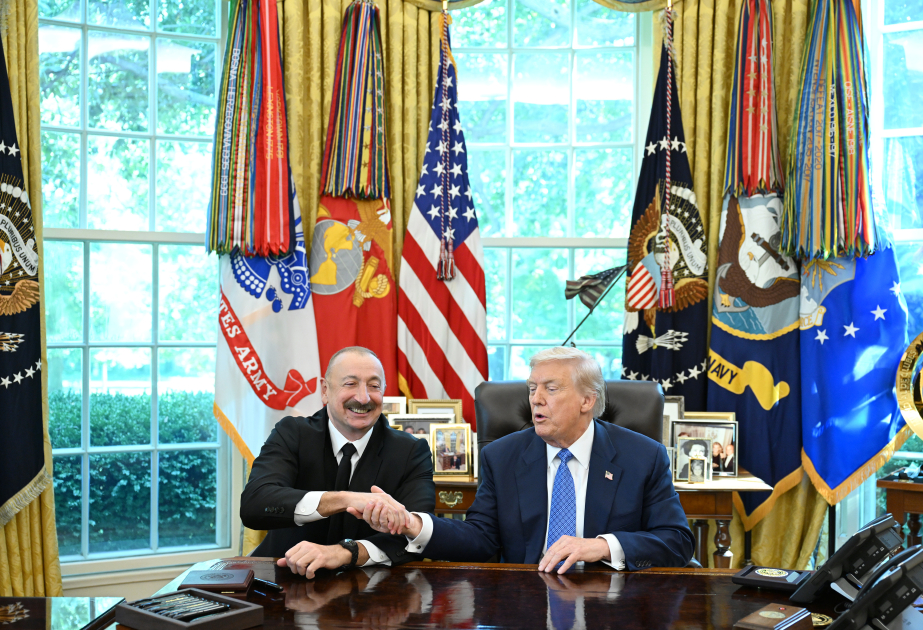The United States, long regarded as the bedrock of global financial stability, now finds itself at a precarious fiscal crossroads. With the national debt surpassing $36 trillion and a recent credit rating downgrade by Moody’s, the U.S. fiscal trajectory raises alarms not just domestically but across the interconnected global economy. The implications of these developments extend beyond America’s borders, highlighting vulnerabilities in a global system that has, for too long, leaned heavily on U.S. economic might.
On May 16, 2025, Moody’s downgraded the U.S. credit rating from Aaa to Aa1, citing concerns over the nation’s escalating debt burden and persistent fiscal deficits. Following earlier downgrades by Fitch in 2023 and S&P in 2011, this move underscores a growing consensus among financial watchdogs: that the U.S. government is failing to manage its public finances adequately.
The immediate market reaction was telling. Yields on 30-year Treasury bonds surged above 5%, signaling increased borrowing costs for the U.S. government. Such movements not only place a heavier financial burden on the American taxpayer but also send shockwaves through international capital markets. Treasury securities, once considered the safest assets globally, are now seen with a degree of caution. Investor confidence, the foundation of the global financial order, is beginning to erode.
The “Big, Beautiful” Bill: A Fiscal Gamble
At the heart of America’s current fiscal impasse is President Donald Trump’s ambitious legislative package, often referred to as the “big, beautiful bill.” The proposed legislation seeks to extend the 2017 tax cuts, introduce further tax incentives, and significantly increase spending on national security and border enforcement. Supporters argue the bill will stimulate economic growth and job creation, thereby boosting government revenues in the long run.
Yet, a closer look reveals a more troubling picture. The Congressional Budget Office has estimated that the bill could add between $3.3 and $5.2 trillion to the national debt over the next decade. This comes at a time when the government is already struggling to rein in a structural deficit. The bill, despite its grand promises, fails to address the underlying fiscal imbalances and may, in fact, deepen them.
The reliance on growth projections—which are inherently uncertain—to justify large-scale fiscal expansion is risky. Economic cycles are unpredictable, and should growth falter, the debt burden would become even more unsustainable. This level of fiscal optimism, unaccompanied by credible deficit-reduction strategies, raises serious questions about long-term economic stewardship.
Debt Ceiling Dilemmas
Compounding the fiscal challenges is the re-emergence of the debt ceiling debate. With the temporary suspension of the debt limit expiring in January 2025, the U.S. Treasury has been forced to employ “extraordinary measures” to avoid default. The Congressional Budget Office projects that unless the ceiling is raised or suspended again, the U.S. could run out of borrowing capacity between July and October.
A failure to resolve the debt ceiling issue on time could result in a government shutdown or, worse, a default on sovereign obligations. Such an outcome would not only be disastrous for the U.S. economy but would have catastrophic repercussions for global markets. The threat of default erodes the perceived reliability of U.S. commitments, and each political standoff over the ceiling injects further volatility into an already fragile economic landscape.
Calls have intensified to eliminate the debt ceiling altogether, a relic of past fiscal mechanisms that no longer serve a constructive role. Leading economists argue that the ceiling creates more harm than good by enabling partisan brinkmanship rather than ensuring responsible governance.
The U.S. dollar remains the cornerstone of international finance. It accounts for the majority of global reserves, underpins international trade, and is the benchmark for a vast array of financial instruments. Consequently, American fiscal decisions have profound implications far beyond its shores.
Emerging economies, in particular, are vulnerable. Many hold substantial reserves in U.S. assets and are heavily exposed to shifts in dollar-denominated interest rates. As the cost of U.S. borrowing rises, so too does the cost of capital worldwide. This could constrain development financing, disrupt trade flows, and stymie economic progress in regions that can least afford it.
The American fiscal crisis reinforces the necessity of multipolar economic cooperation. It is a wake-up call to diversify reserves, strengthen regional financial systems, and invest in alternative mechanisms for international trade and investment that are less dependent on the dollar.
America’s current predicament is, in many ways, a product of political dysfunction. Repeated tax cuts without corresponding reductions in spending, coupled with an unwillingness to reform entitlement programs, have pushed the nation towards an unsustainable path. Worse still, the politicization of budgetary processes has turned routine fiscal management into a battleground.
What is needed now is not just technical reform but a cultural shift in governance. Fiscal responsibility must be viewed not as an ideological stance, but as a foundational element of economic resilience. Policymakers must demonstrate the courage to make tough choices, even at the expense of short-term popularity.

Mr. Qaiser Nawab is a global peace activist, is a distinguished international expert specializing in the Belt and Road Initiative (BRI), Afghanistan, Central Asia and founder of the Belt and Road Initiative for Sustainable Development (BRISD), a newly established global think-tank headquartered in Islamabad, in conjunction with the one-decade celebration of BRI.
Mr. Qaiser Nawab, a global peace activist, is a distinguished international expert specializing in the Belt and Road Initiative (BRI), Afghanistan, Central Asia and founder of the Belt and Road Initiative for Sustainable Development (BRISD), a newly established global think-tank headquartered in Islamabad, in conjunction with the one-decade celebration of BRI.














